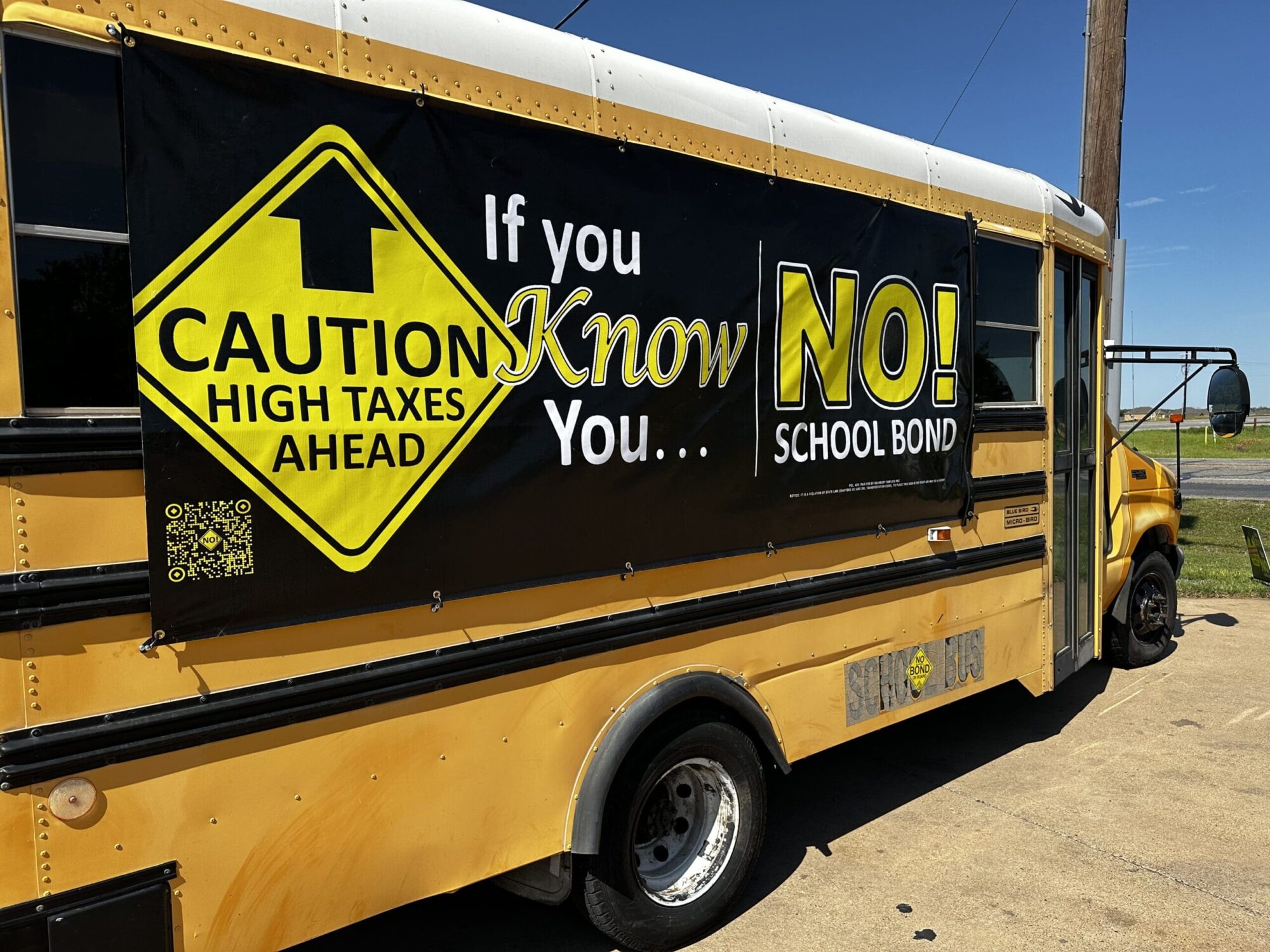For more than thirty years, official education policy has been “more money means better education.” And taxpayers have dutifully increased spending by a whopping percentage; per pupil spending on public education has doubled just over the last decade.
Of course, they have paid the same people more money to do education the same way, so nothing has changed. Oh wait, I left out that they also added an enormous amount of administrative burden, so actually things have gotten worse.
 But one thing hasn’t changed – the propaganda machine continues to pump out the core message: “more money means better education.” Except now there is a twist. Now even more money is not sufficient. It must be the amount of money they wanted.
But one thing hasn’t changed – the propaganda machine continues to pump out the core message: “more money means better education.” Except now there is a twist. Now even more money is not sufficient. It must be the amount of money they wanted.
Never mind the global recession, the worst economy since the 1930s. Families having to make do with less. Individuals and businesses seeking greater efficiency, to stretch the dollar. The propaganda machine appears to be undeterred. And understandably so given they success they have had increasing educational funding (and building their empires).
There is an article circulating around the state by the Red Oak ISD superintendent, Scott Niven (annual salary $160,000.) His premise, from which his entire article flows, is that the 82nd legislature made “a $5.4 billion cut to state funding of our public schools.” He leads with that assertion. Then he explains the “cut” is a cut from how much would have been funded — under a funding formula that wasn’t used.
The fact is public education spending from general revenues (a term the state uses for money we Texans send in the form of taxes) increased by $3 billion from the last biennium (a two year budget cycle.) Federal funds decreased by about the same amount, because the one-time Federal “stimulus” was not repeated.
So overall, public education spending went up slightly. But when those facts are fed into the “more money means better education” machine, the result is the allegation of a $5 billion cut… because they wanted to spend $5 billion more.
Ironically, Mr. Niven’s school district went from spending $5,253 per pupil in 2000 to $20,824 per pupil in 2010. His district saw a 17 percent increase in students, an 18 percent increase in teachers, but a 23 percent increase in non-teachers.
In this 2011 legislative session, defined by a large budget shortfall that saw every other agency of state government cut, K-12 public education received an increase in funding, with state general revenue funding rose from $34 billion to $37 billion.
Here’s what the state constitution says about public education: “A general diffusion of knowledge being essential to the preservation of the liberties and rights of the people, it shall be the duty of the Legislature of the State to establish and make suitable provision for the support and maintenance of an efficient system of public free schools.” And this is a duty the state takes seriously: public education funding now makes up 60 percent of state general revenue spending.
But instead of focusing on using these funds to find new and better ways to deliver a “general diffusion of knowledge” it seems that instead our tax dollars have gone to sue the state’s taxpayers to demand more tax money (also a point in Mr. Nevin’s article.)
Their consistent claim is “efficient” means equal, and of course that means taxpayers are obligated to give those with less more. At least they are consistent.
In addition to correcting their fuzzy math, perhaps it is also time to teach them some basic English. Perhaps it is time to challenge them to actually attempt to be efficient. Perhaps funding a lot fewer dollars in administration and instead putting those funds into technology might be worth a try – we already know spending more to do the same thing the same way with the same people isn’t benefitting students.
Or maybe funding more into the class room might be worth a try. When considering how little teachers make compared to administrators, and considering the one-to-one ratio between non-teachers and teachers on the school payrolls, a casual observer could readily assume public education was more about employing adults than educating kids.
Texas has been blessed with some of the finest teachers in the nation, yet they are devalued by a bureaucracy working against them at every turn. Teachers find themselves lobbying for massive spending programs in the hopes mere pennies will trickle into their classrooms. That’s disgraceful, but it’s also our governing reality.
Our teachers have proven themselves highly resourceful in stretching dollars and making ends meet, while administrators lavish upon themselves perks and benefits beyond the dreams of Midas. Check out the portable buildings used for students, and then drive past the temples administrators often build for themselves.
The high priests of waste have budgeted Texas into a hole. Their solution is to budget for themselves.
Texans today pay more than $11,000 per child on public education in state, local and federal funds, yet no one would argue we’re getting the return so many dollars should buy. Texans are paying top-dollar for an inefficient public education, yet the administrators clamor for more simply because they want it.
It’s time the legislature embarked on meaningful reform by defining what public education should achieve, and funding only that. Parents, voters, teachers and taxpayers must demand it for our children.
Amazingly, 50 percent of the public school kids heading into our state’s four-year universities require remediation in core subjects, because the public schools have failed them. Fifty percent!
We can do better. We can be efficient, and effective.
It is time to end the cycle of rewarding the “more money means better education” propaganda campaign, and actually begin to seek reforms that benefit the kids. At the end of the day it’s not about the administrators and their empires, but about raising the next generation to preserve “the liberties and rights” of Texans.





